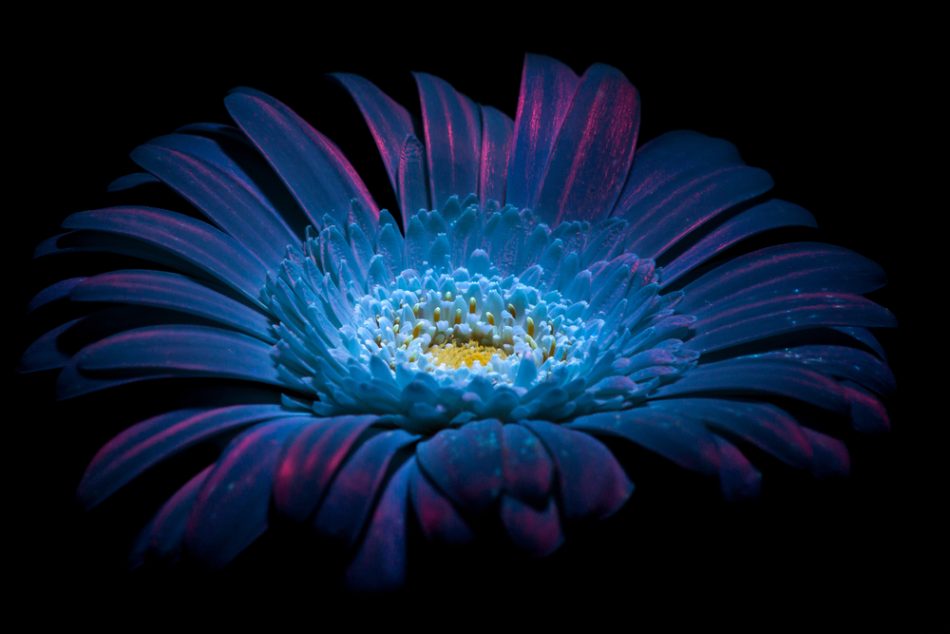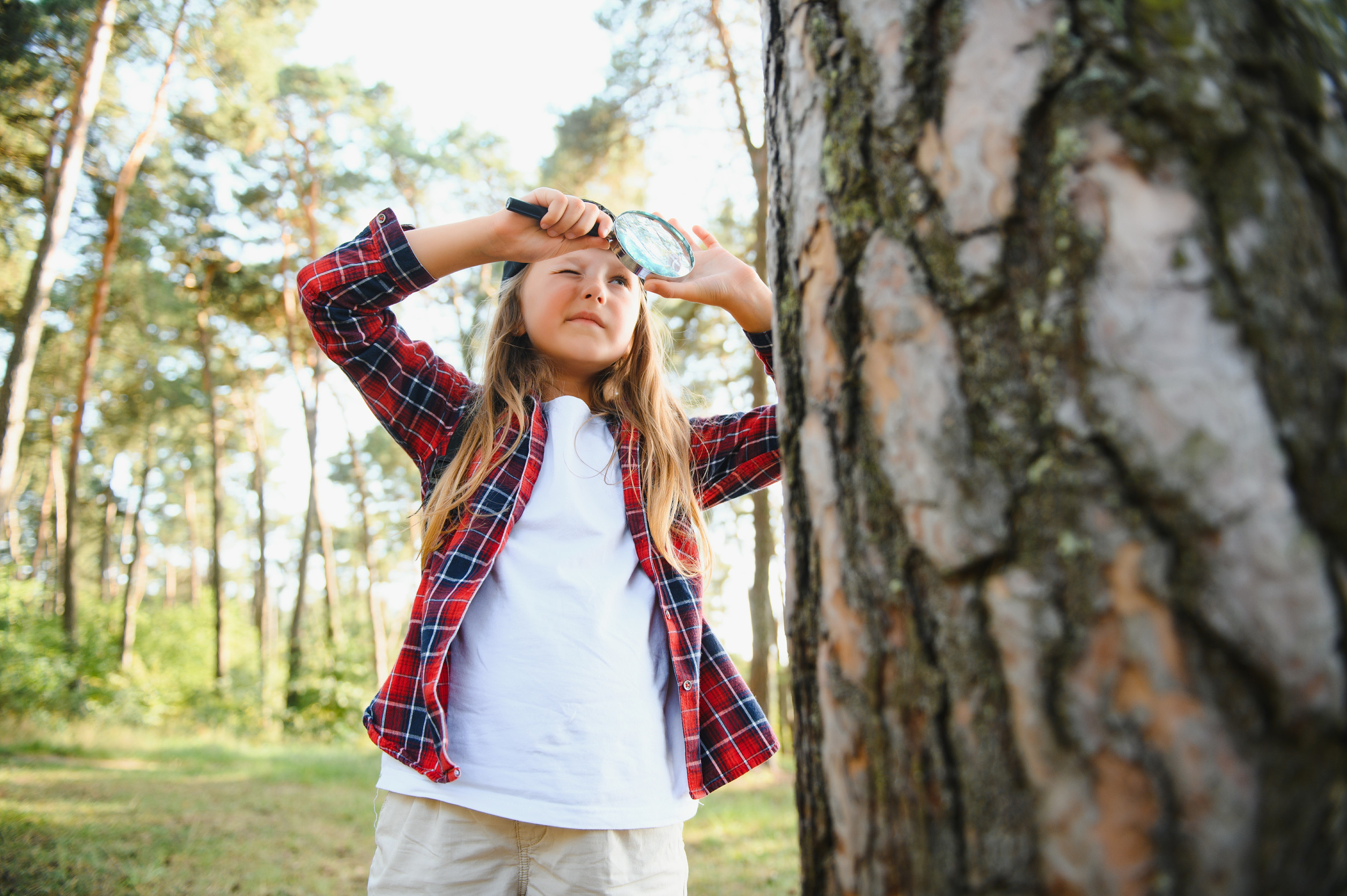Here at The Optimist Daily, we hold a special tenderness in our hearts for our planet’s pollinators. Mini-beasts, like bees and butterflies, have the integral role of spreading pollen from plant-to-plant facilitating their reproduction. In return, the plants provide the insects with the delicious nectar they love, creating a greatly successful symbiotic relationship.
What attracts insects to flowers?
Flowers have evolved to grow petals with bright pigmentation to attract pollinators, but we can’t even see half of it. Unlike humans, insects view the world in ultraviolet (UV) light which helps them zero in on the correct species of flower. UV-reflecting chemicals, found mostly in the tips of petals, and UV-absorbing chemicals, found mostly in the base of the petals, in flowers create a kind of “bulls-eye” pattern to direct the pollinators to the sweet spot.
Do flowers’ UV signatures change in different environments?
Due to climate change, plants are having to chemically adapt to survive in changing environments. A research group from Clemson University wanted to look deeper into these changing flower pigments and how that impact insects’ ability to pollinate.
“Insects—pollinators, for example—see in the UV spectrum. So, flowers that reflect or absorb ultraviolet wavelengths give (to pollinators) the perception of different colors that we can’t see. I’ve been fascinated with uncovering what these UV signals might be doing functionally with respect to pollination,” explained Matthew H. Koski in a press release, who led the research team.
The team focused on the plant Argentina anserina, commonly known as silverweed, which has bright yellow flowers. This incredible species has managed to thrive in different environments spanning altitudes of 1,000 feet, causing different levels of UV reflection and absorption chemicals in its petals.
The results, published in Evolution, showed that at higher elevations, more UV-absorbing compounds were harbored in silverweed’s petals. Displaying the plasticity of the plant’s adaptive skills, which can act fast in response to a new environment and thrive there.
Did this impact their ability to attract pollinators?
Yes, and the petals with high levels of UV absorption actually did their job better. “One thing this study found is that the plastic change in UV pigmentation benefited the plant, especially the ones at high elevations because increases in ultraviolet absorption on the petals resulted in increased pollen viability,” Koski explained.
Why is this important?
This research will open a new area of conservation ecology, helping scientists better understand how pollination is impacted by climate change. This will then help predict the future survival of plants and pollinators alike and hopefully protect their delicate symbiotic relationship.
The agricultural industry could also benefit from this methodology in understanding how shifting pigments may influence pollinators’ views of their crops and help home gardeners to attract specific types of insects.
Source study: Evolution—Elevational divergence in pigmentation plasticity is associated with selection and pigment biochemistry











